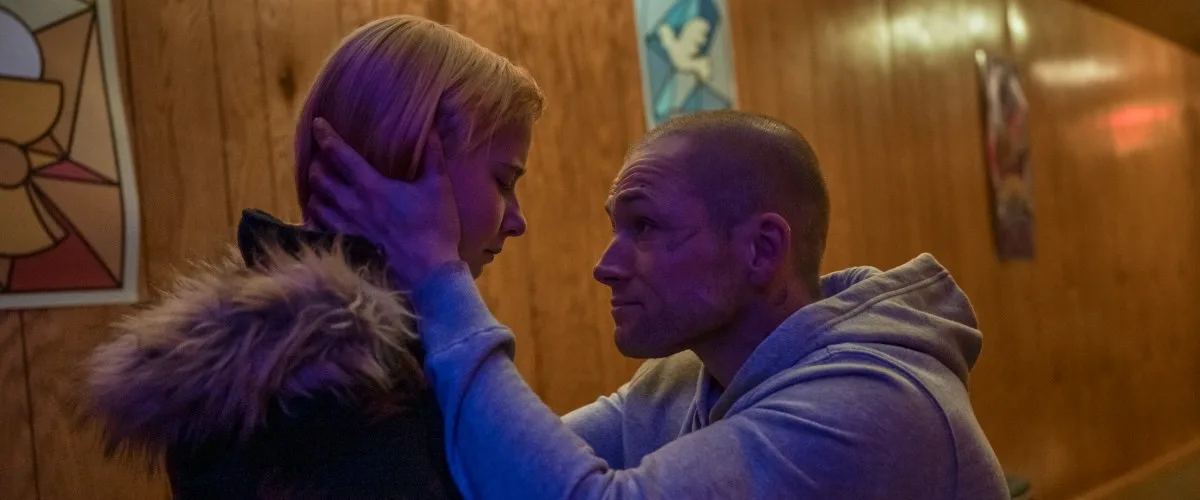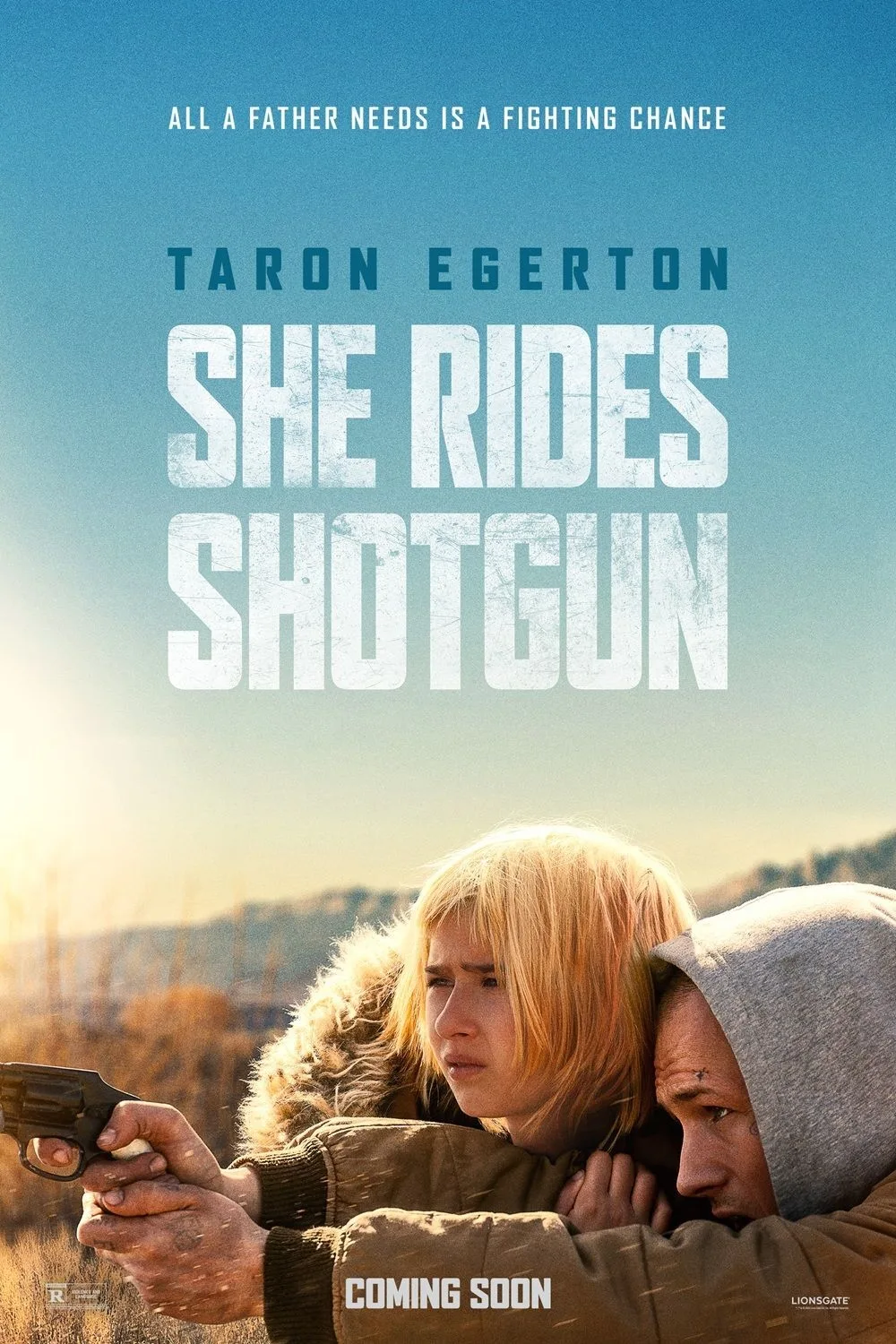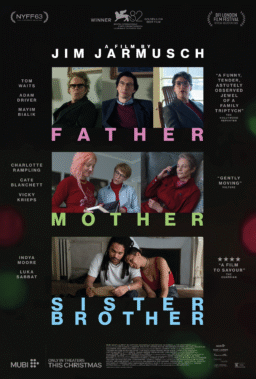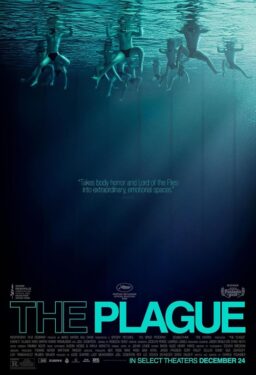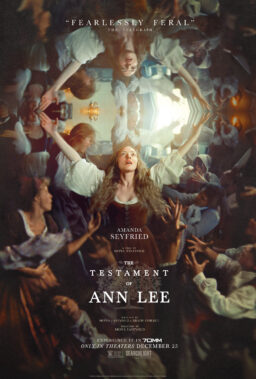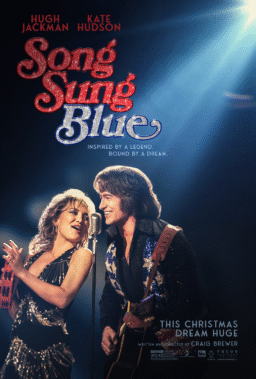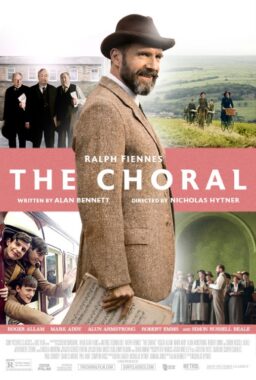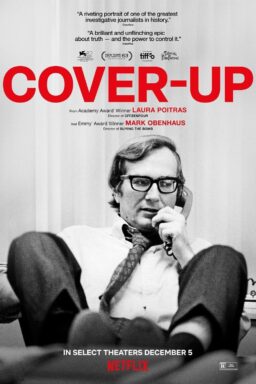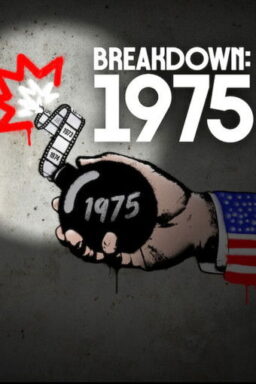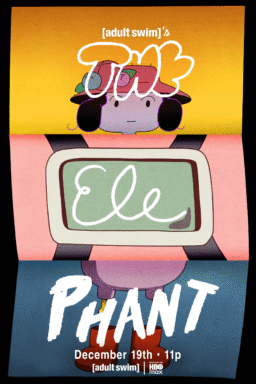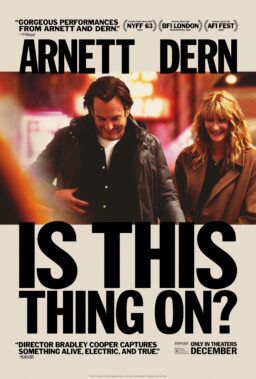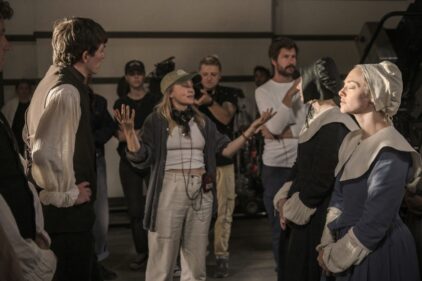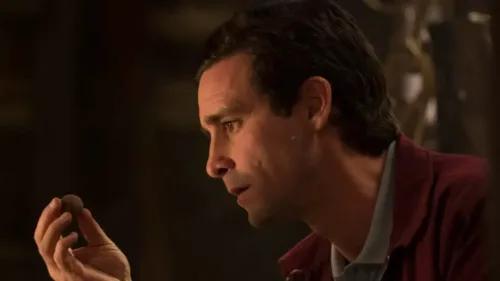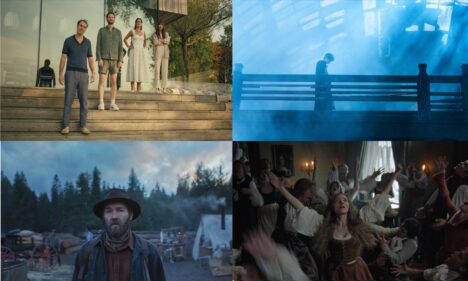Jordan Harper’s award-winning debut novel, She Rides Shotgun, now a film starring Taron Egerton, is written in short, blunt sentences banging up against each other. This could be a self-conscious “affect,” a clear Hemingway nod. Harper’s prose, though, is more in the tradition of noir writers like Raymond Chandler or crime novelists like Donald Westlake.
“Nate walked to the door of the Dew Drop thinking about how gunslingers die. Billy the Kid, Wild Bill Hickok, Jesse James. All three of those bad boys died without knowing it was coming. Wild Bill took a bullet in the head while playing cards. Jesse James took one with his face to the wall, straightening a picture. Billy the Kid died in the dark, asking who is it? to the man who murdered him. That’s how gunslingers died. Real life didn’t give you a showdown. Real life put a bullet in the back of your head.”
This isn’t “affect”. This is effective.
In She Rides Shotgun, ex-con Nate McCluskey goes on the run with his 11-year-old daughter, Polly, fleeing from an Aryan gang who want them both dead. The book mixes almost shocking violence (“Chuck’s skull thocked against the concrete. He followed Chuck down. He drove his knee into Chuck’s liver”) with tenderness and humor.
Nick Rowland’s film adaptation of Harper’s novel, with screenplay by Harper, Ben Collins, and Luke Piotrowski, does its level best to achieve Harper’s heady tonal mix and hard-boiled atmosphere. The film takes a while to find its sea legs and peters out a bit in its big finish sequence, but sticks the landing in the final scene. The whole thing is a little uneven, but it avoids sentimentality, perhaps the biggest trap in material involving a child.
Egerton’s take on Nate is lean and mean, his torso covered in tattoos. There’s a hard-bitten quality to his face, which looks believably criminal. Nate’s daughter Polly (Ana Sophia Heger) hasn’t seen him for a couple of years when he careens up in a stolen car outside her school, ordering her to get in. Nate was in prison for a while, for bad things (robbery, stealing cars) but not murderous things, not domestic violence. Polly doesn’t know why he’s there, why the car’s windows are broken, and where is her mother?
While in prison, Nate somehow got on the bad side of an Aryan gang called “Aryan Steel”. They, and their brethren outside, many of whom are local cops, have “green lit” the murder of Nate and his family. Nate has to protect his daughter, and this means hiding her, bleaching her hair, and teaching her how to bash someone’s brains in with a baseball bat. This “kidnapping” makes the news, and Nate is considered armed and dangerous.
Rob Yang plays Detective John Park, a member of the Santa Fe police department. Polly manages to sneak away and call the police (“I’m the girl on television”), and it is John who takes the call. Park has been working on destroying the biggest meth lab in the area and keeps running into roadblocks in his mission. The two situations dovetail as he sets out to find Nate and Polly before Aryan Steel does. The police can’t be trusted. “This is Steel Country,” says one cop. “We’re everywhere.”
There’s a lot of plot here, and it’s pretty obvious where things are going. Once the meth lab-Aryan gang takes center stage, there’s not much left for character development. The scenery is stunning, with all those expansive vistas and dramatic sunsets. Details of the production design are on point, such as the “trucker’s chapel” at a rest stop where they take refuge, or the motel room with murals of crashing waves on every wall.
Rob Yang, who was so good as Lawrence Yee in “Succession” (Lawrence wasn’t a major character, but boy, do you remember him), is excellent here as a police officer wading through a fog of corruption and racism, trying to do his job, trying to help his community. We don’t know much about Park’s life, but Yang has the single-minded look of a dogged, frustrated detective.
Egerton and Heger have a natural rapport, and in their characters’ few moments of quiet, it’s clear what relationship Nate and Polly could have had if the circumstances were different. Heger is not presented as one of those unrealistically “badass” little girls, spouting wisdom far beyond her years. Polly is not wise beyond her years. She is the age she’s supposed to be, albeit a little beaten down by worry and sadness.
In one scene, the two of them sit in a diner, calculating their funds, bills on the table. How much gas will this buy? What about motels and food? Nate clearly struggles with the arithmetic, and Polly takes over, writing out sums on a napkin, as he looks on in awe and a kind of pride. This was my favorite scene in the film. It had echoes of “Paper Moon” in it, and I wished for more scenes like it. They were just two people getting to know each other. The relationship had room to breathe.

